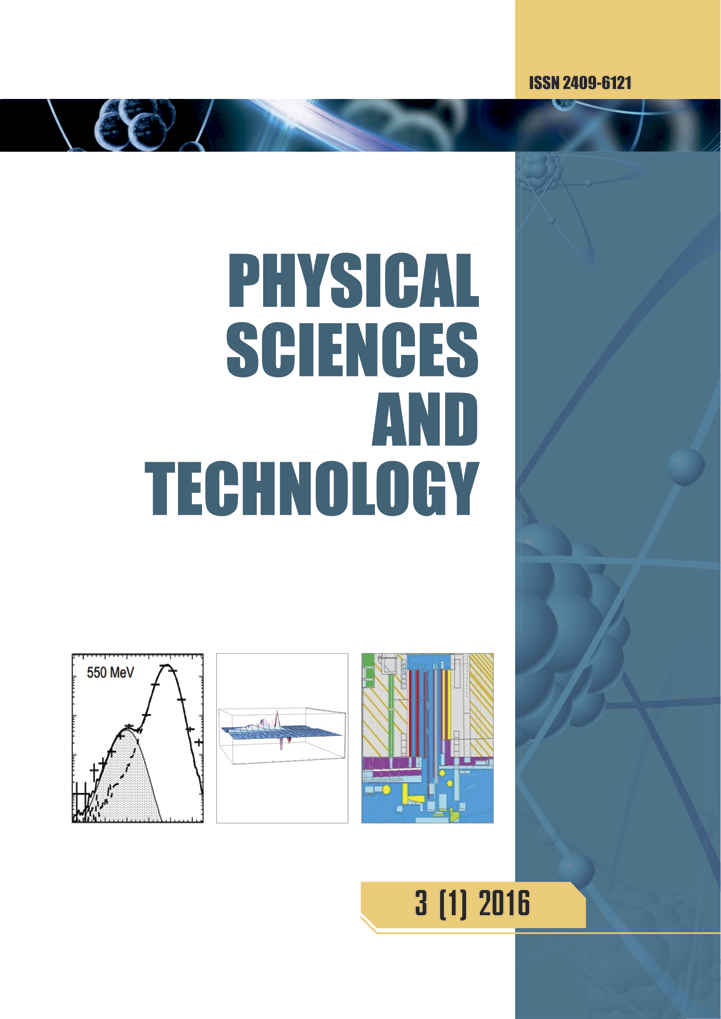Optimal regime of the double-sided drift of lithium ions into silicon monocrystal
DOI:
https://doi.org/10.26577/phst.2023.v10.i1.03Abstract
In this work, we show a new method for obtaining silicon-lithium semiconductor structures using the bilateral drift of lithium particles into silicon mono-crystal in order to create nuclear radiation detectors with a wide bandgap. This method describes the simultaneous distribution of lithium ions on surfaces of cylindrical silicon crystals, which speeds up the process of obtaining the required detector structure. Here in this work, we aimed to identify the most optimal regimes of the electric field applied in the process of bilateral ion drift, as well as to investigate the effect of the thermal factors to create a drift of lithium ions. We can estimate these optimal regimes of voltage and temperature by making theoretical assumptions based on the numerical method for solving the Poisson continuity equation, the calculations of Pell and Louber. At the same time, simplifications were made to neglect the internal interaction of particles. The paper shows the results of modeling the process of bilateral drift under the influence of a stepwise increase in temperature and reverse voltage. This bilateral drift procedure facilitates the fabrication of silicon-lithium nuclear radiation detectors with large diameters and sensitive areas.




